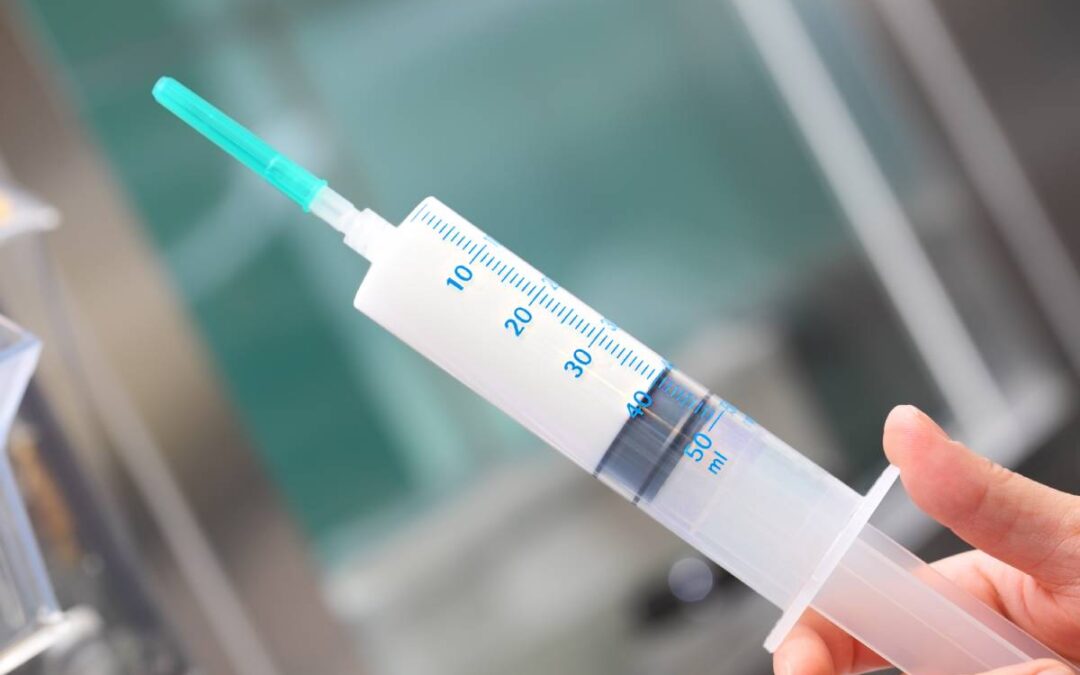Propofol, which took 13 years to develop, is currently the most widely used anesthetic and top on the World Health Organization’s List of Essential Medicines (1,2). Its cross-contextual importance continues to be highlighted to this day – in March 2021, the U.S. Food and Drug Administration issued an emergency use authorization for the continuous infusion of Propofol-Lipuro 1% to maintain sedation in COVID-19 patients over 16 years of age requiring mechanical ventilation in an intensive care unit (3). Despite its importance and widespread use, its end-to-end mechanism of action remains unknown, and its neural effects have emerged as complex and multiscale.
(A)t a molecular level, propofol exerts widespread effects on various neurotransmitter receptor networks. Propofol primarily acts as a GABA-A receptor positive allosteric modulator, specifically on GABA-A β subunits, slowing channel closing times (4,5). Thus potentiating GABA-A receptor-mediated inhibitory synaptic currents, this leads to its central nervous system depressant effect (6), alongside its parallel, direct action on GABAergic inhibitory synapses in brainstem arousal center nuclei (7).
Propofol also modulates voltage-gated Na+ channels and several K+ channels. In particular, it suppresses voltage-gated Na+ channels required to generate action potentials, inhibiting cortical pyramidal neurons (6). In parallel, it interacts at low doses with TWIK-related acid-sensitive K+ (TASK)-1 channels, alongside suppressing delayed rectifier K+ currents by inhibiting the expression of Kv2.1 K+ channel protein – thought to contribute to its neuroprotective effects, preventing neural apoptosis during ischemia and hypoxia (6).
Propofol’s neural effects are reflected at a larger scale in its unique effects on electroencephalographic (EEG) recording patterns. In particular, EEG analyses have revealed that loss of consciousness results from propofol’s breakdown of the spatiotemporal organization of gamma waves (8). This was most recently corroborated by a study that recorded the neurophysiological activity of frontal, parietal, and temporal cortices and the thalamus while maintaining propofol-induced unconsciousness in macaques (9). Analyses demonstrated that unconsciousness was marked by 1) oscillations in local field potentials at slow frequencies (~1 Hz), 2) decreased neuronal spiking activity, and 3) reduced coherence, or loss of higher-frequency dynamics, at higher frequencies (4 Hz and above) (9). Thalamic stimulation was found to awaken anesthetized macaques and reverse these electrophysiologic features (9). As such, researchers concluded that propofol likely induces unconsciousness by disrupting intracortical and thalamo-cortical communication through decreased spiking and enhanced slow-frequency power – leading to the loss of the higher-frequency coherence that is presumed to integrate cortical information. Fascinatingly, data from these studies lend support to both the information integration and cognitive unbinding theories of unconsciousness under anesthesia (10,11).
Despite its well-established efficacy, propofol is associated with certain risks as well. On one hand, propofol pre-treatment significantly improves post-resuscitation recovery of neuronal functions (5,12). These neuroprotective effects may result from its inhibition of the conversion of GABAergic inhibition to excitation during resuscitation, alongside its delayed rectifier K+ current suppressor effect, microglial activation, and KCC2 downregulation. On the other hand, evidence has also emerged of propofol-induced developmental neurotoxicity in vitro and in animal models, including in the form of widespread death of neurons and oligodendrocytes, dysregulated neurogenesis, abnormal dendritogenesis, and decreased neurotrophic factor expression. In animal models, researchers also observed subsequent behavioral outcomes, including long-term memory and learning impairments (13).
Propofol has established itself as a highly effective and widely used anesthetic with a yet partially understood mechanism of action in the brain. Future investigations on its protective mechanisms are warranted to best guide its clinical use and potentially contribute to the discovery and development of other novel brain-protective drugs to minimize resuscitation-associated brain injuries.
References
- WHO model list of essential medicines. https://www.who.int/publications/i/item/WHOMVPEMPIAU2019.06.
- James R, Glen JB. Synthesis, Biological Evaluation, and Preliminary Structure-Activity considerations of a Series of Alkylphenols as Intravenous Anesthetic Agents.J Med Chem. 1980. doi:10.1021/jm00186a013
- Emergency Use Authorization | FDA. https://www.fda.gov/emergency-preparedness-and-response/mcm-legal-regulatory-and-policy-framework/emergency-use-authorization.
- VanlersbergheC, Camu F. Propofol. Handb Exp Pharmacol. 2008;182(182):227-252. doi:10.1007/978-3-540-74806-9_11
- Kotani Y,ShimazawaM, Yoshimura S, Iwama T, Hara H. The experimental and clinical pharmacology of propofol, an anesthetic agent with neuroprotective properties. CNS Neurosci Ther. 2008;14(2):95-106. doi:10.1111/j.1527-3458.2008.00043.x
- Kobayashi M, Oi Y. Actions of propofol on neurons in the cerebral cortex.J Nippon Med Sch. 2017. doi:10.1272/jnms.84.165
- BrownEN,Lydic R, Schiff ND. General Anesthesia, Sleep, and Coma. N Engl J Med. 2010. doi:10.1056/nejmra0808281
- Lee UC,MashourGA, Kim S, Noh GJ, Choi BM. Propofol induction reduces the capacity for neural information integration: Implications for the mechanism of consciousness and general anesthesia. Conscious Cogn. 2009;18(1):56-64. doi:10.1016/j.concog.2008.10.005
- Bastos AM, Donoghue JA,BrincatSL, et al. Neural effects of propofol-induced unconsciousness and its reversal using thalamic stimulation. eLife. 2021;10. doi:10.7554/eLife.60824
- TononiG, Boly M, Massimini M, Koch C. Integrated information theory: From consciousness to its physical substrate. Nat Rev Neurosci. 2016;17(7):450-461. doi:10.1038/nrn.2016.44
- Mashour; GA. Cognitive Unbinding in Sleep and Anesthesia.Science (80- ). 2005. doi:10.1126/science.310.5755.1768b
- Zhang H, Mei X, Wang W, Sun X. Blocking conversion ofGABAergicinhibition as a potential mechanism of propofol-mediated brain protection following resuscitation. Drug News Perspect. 2009. doi:10.1358/dnp.2009.22.9.1437960
- BosnjakZJ, Logan S, Liu Y, Bai X. Recent Insights into Molecular Mechanisms of Propofol-Induced Developmental Neurotoxicity: Implications for the Protective Strategies. Anesthesia and Analgesia. 2016;123:1286-1296. doi:10.1213/ANE.0000000000001544





Recent Comments